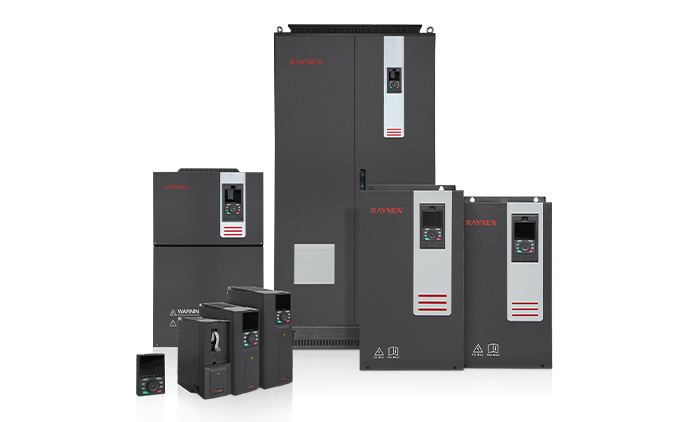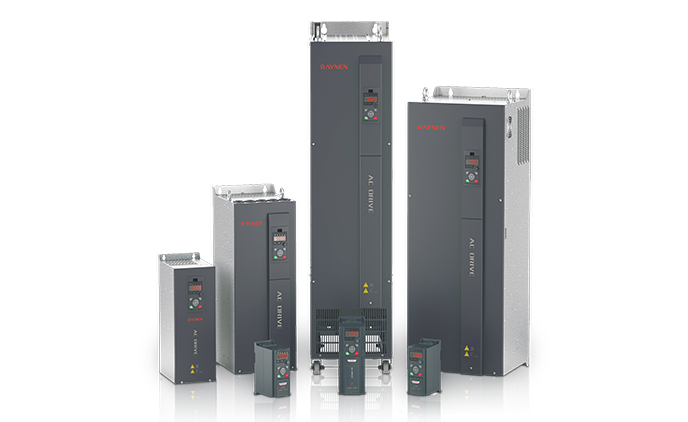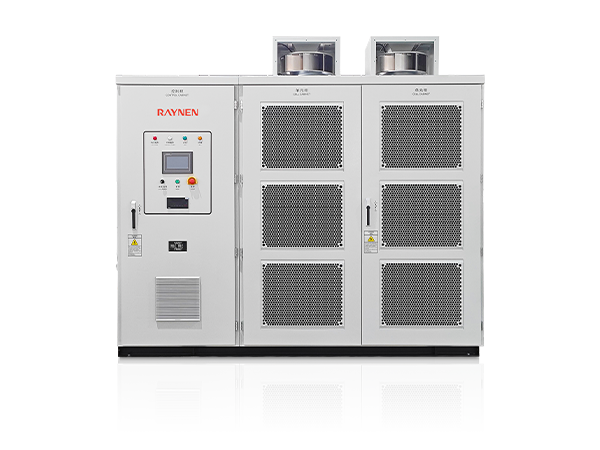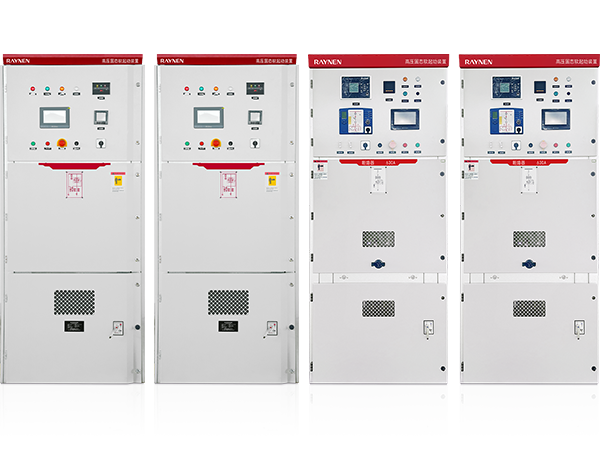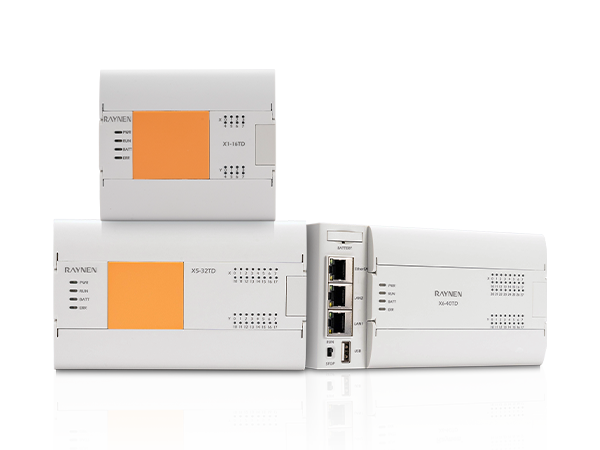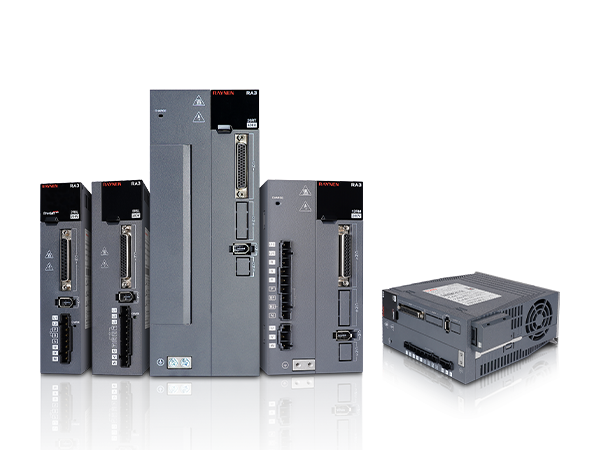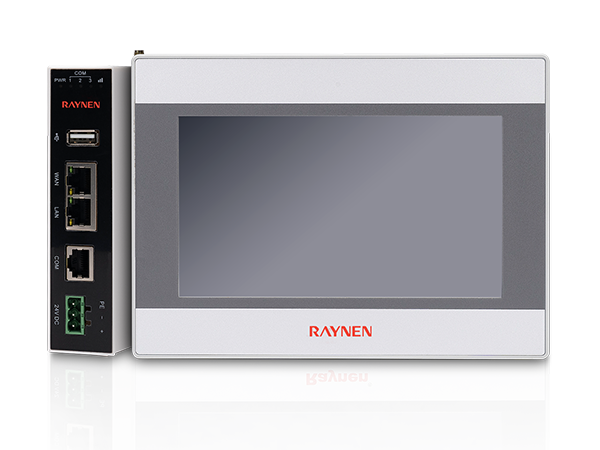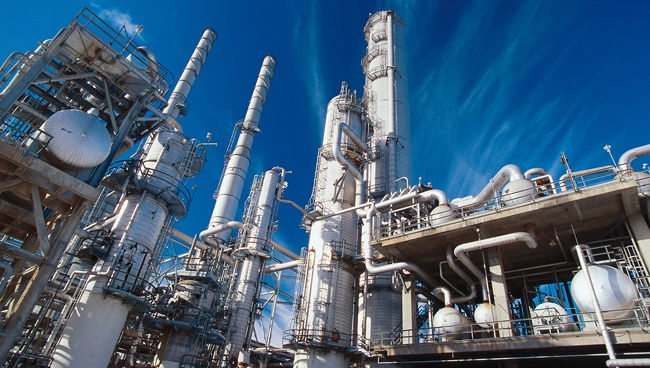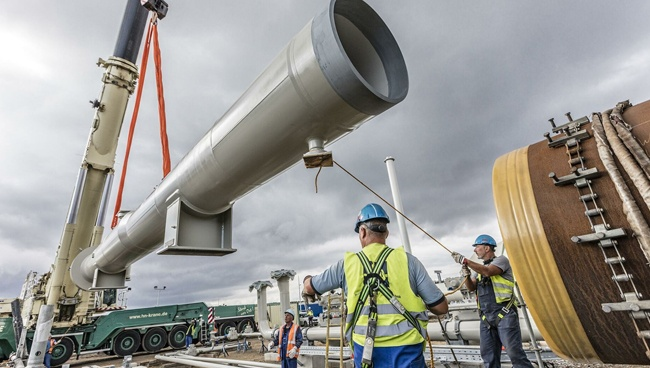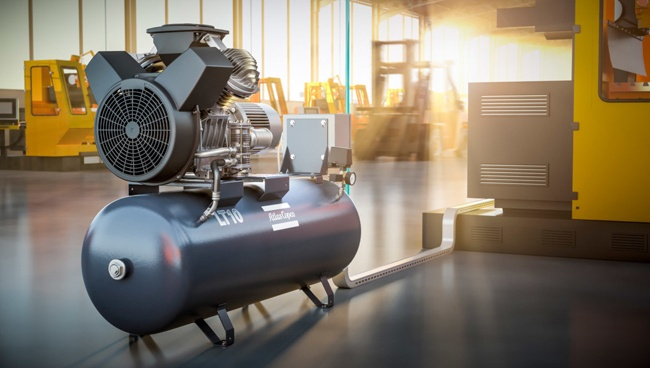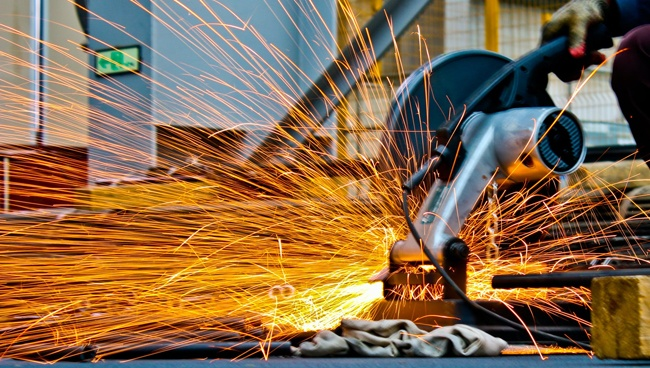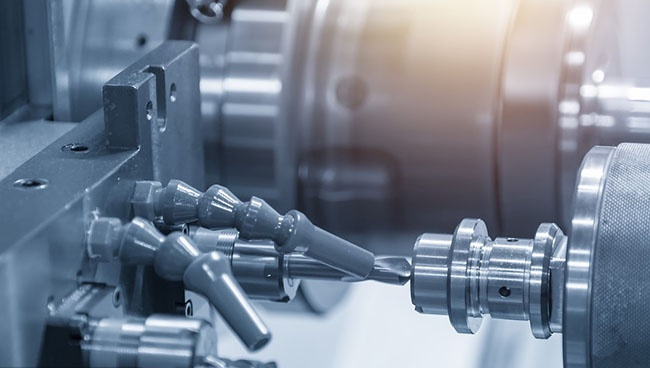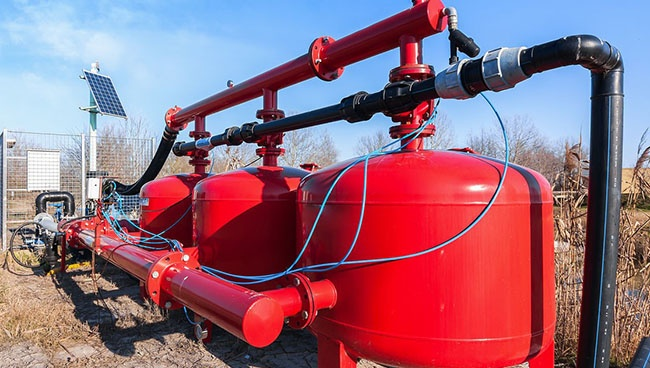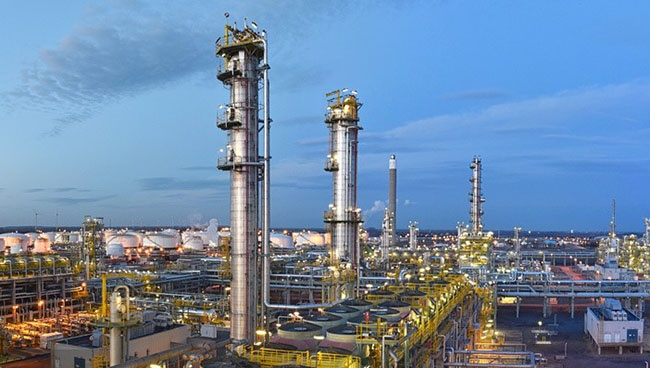1.Introduction to AC Drives (Variable Frequency Drives) In the realm of modern industrial control an......
READ MOREWhat are the main components of a PLC?
A Programmable Logic Controller (PLC) is a robust, industrial computer that automates electromechanical processes. While it may seem like a single black box, a PLC is actually composed of several key components that work together to perform control tasks. Understanding these parts is essential for anyone who programs, installs, or maintains industrial automation systems.
1. The Processor (CPU)
At the heart of every PLC is the Central Processing Unit (CPU). This is the brain of the operation, responsible for executing the user's program. The CPU constantly performs three main tasks in a cycle known as the "scan." First, it reads the status of all the input devices. Second, it executes the control program based on that input data. Finally, it updates the status of the output devices. The CPU's speed, memory capacity, and processing power directly influence how complex and fast the automation tasks can be. It is the core component that defines the overall capability of the Programmable Logic Controller.
2. The Memory System
The PLC's memory stores the operating system, the user program, and the data it uses to function. It is typically divided into a few key areas:
-
Program Memory: This is where the user's logic, written in languages like ladder diagram or structured text, is stored.
-
Data Memory: This section holds the real-time status of inputs, outputs, and any internal variables or timers used in the program.
-
System Memory: This part of the memory contains the PLC's operating system, which manages the scan cycle and communication.
The integrity of this memory is crucial, and most PLCs use non-volatile memory (like Flash or EEPROM) to ensure the program is retained even after power is lost.
3. The I/O System (Input/Output)
The I/O system is the interface between the PLC and the real world. Without it, the PLC would be a powerful but useless computer.
-
Inputs: These modules read signals from field devices. Digital inputs detect on/off signals from things like pushbuttons, limit switches, and sensors. Analog inputs measure variable signals like temperature, pressure, or flow, converting them into a numerical value the PLC can use.
-
Outputs: These modules send signals from the PLC to control field devices. Digital outputs turn things on or off, such as motors, lights, or solenoids. Analog outputs provide a variable signal to control devices like motor speed controllers or positioners.
The I/O system's modular design allows for flexibility, letting engineers add or remove modules to meet the specific requirements of a machine or process.
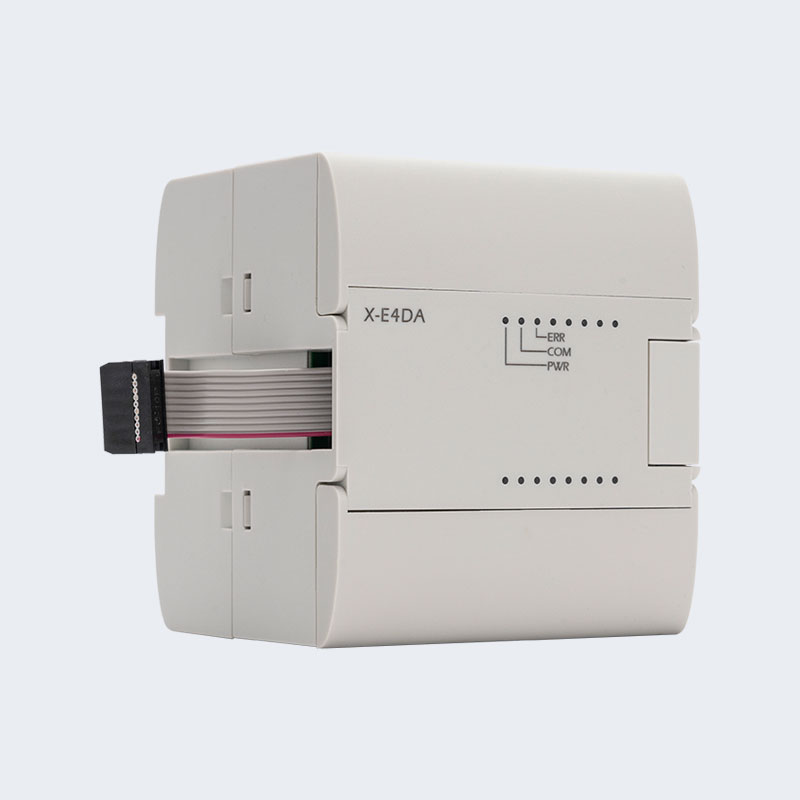
4. The Power Supply
The power supply module is a critical but often overlooked component. It converts the incoming AC voltage from the wall into the stable, low-voltage DC power that the PLC's internal components and I/O modules require to operate. A reliable power supply is essential for ensuring the stable and uninterrupted operation of the Programmable Logic Controller and all connected devices.
5. The Communication Module
In modern industrial environments, PLCs rarely work in isolation. The communication module enables the PLC to "talk" to other devices. This can include:
-
HMI (Human-Machine Interface): To allow an operator to monitor and control the process.
-
Other PLCs: To coordinate complex tasks across multiple machines.
-
Supervisory systems (SCADA): For plant-wide data logging and control.
-
Field devices: Using various industrial protocols like EtherNet/IP, Profinet, or Modbus.
These modules are the gateway to a connected, data-driven automation system, making the PLC a powerful node in a larger network.
In summary, while a Programmable Logic Controller is seen as a single unit, it is a sophisticated system of a processor, memory, I/O, power supply, and communication modules. Each component plays a vital and specialized role in executing control logic and interacting with the physical world, making modern industrial automation possible.

 English
English Español
Español عربى
عربى

